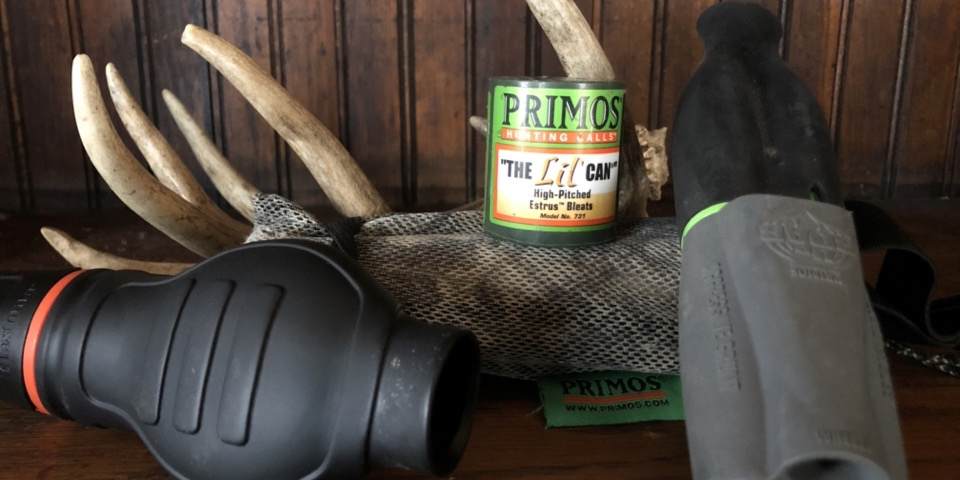
I was scrolling through social media recently when I came across a post that seemed to be bashing various methods of calling whitetail deer. “Calling whitetail deer is overrated,” one person claimed, “it doesn’t work anymore.” The individual seemed particularly bitter about his lack of results when rattling up bucks. “Big bucks just won’t respond to rattling any more,” he said. I couldn’t help but smile the very next day when a buddy sent me a photo of a big 160” whitetail buck he rattled up and killed 30 minutes before dark.
Does calling whitetail deer still work?
You can bet my buddy mentioned above would say, “Absolutely!” But like anything, it’s not fool-proof. There will be times it works, and times when it won’t. The key to successfully calling whitetail deer is lack of pressure, timing, and location.
Lack of Pressure
Regardless of whether you’re hunting deer, ducks, or turkey, excessive calling pressure will hurt you. If a buck hears grunts, bleats, and rattling antlers on every ridge in the county, you can bet he’ll quickly wise up to the antics being thrown his way. It’s just not natural. Consider what other hunters in your area may be used for calls. Again, if your neighbor is very aggressive with his calling tactics, you may have to take a more subtle and unique approach to your calling routine.
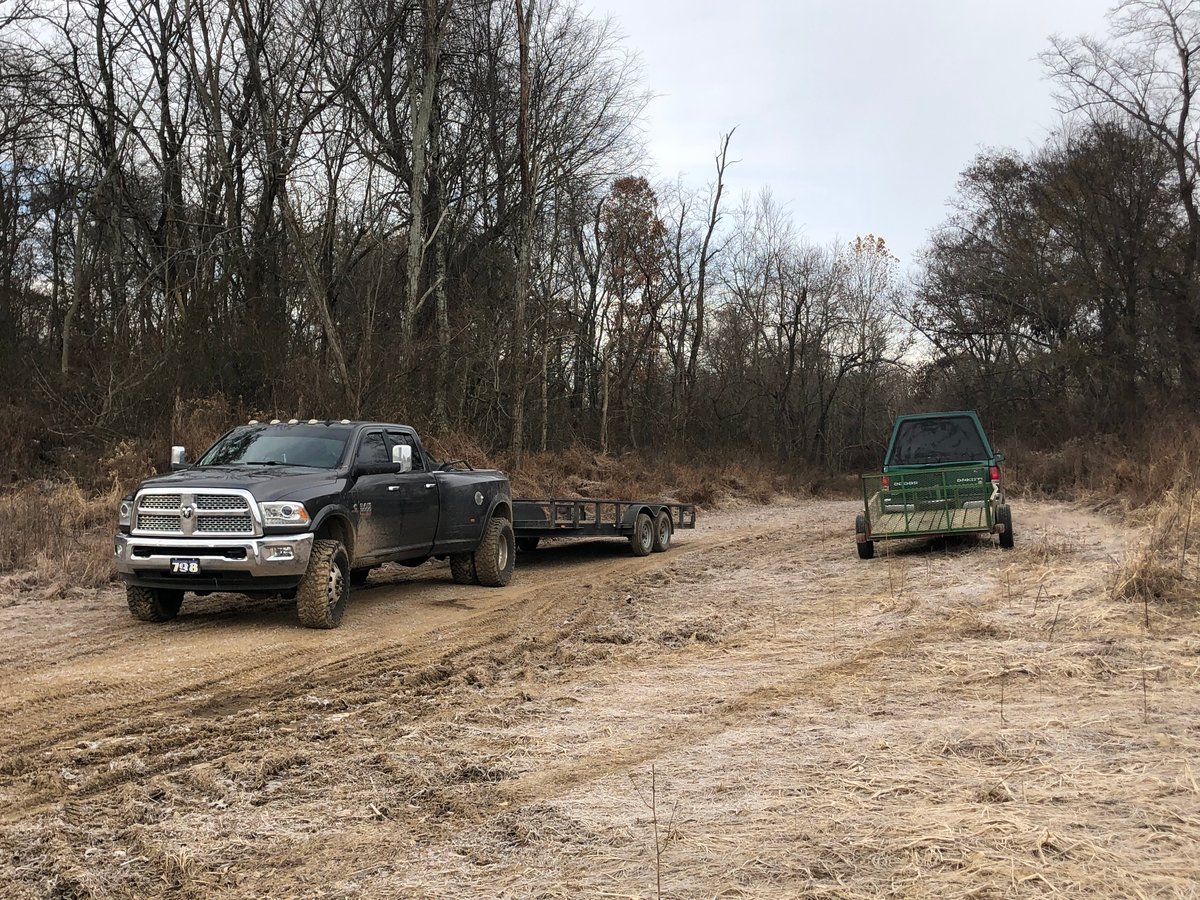
Excessive pressure from other hunters can hurt the effectiveness of your calling routine.
I’ve found that deer in areas with less hunting pressure respond much better to calls. You should also use blind calling techniques sparingly. A lot of hunters won’t do any blind calling to avoid over-calling, as well as calling up unwanted bucks to your area. Instead, keep silent until you encounter a buck you want to draw closer. Then call lightly to “take his temperature.” A deer’s body language will tell you what he likes or dislikes.
Timing
A lot of people miss out on opportunities for calling whitetail deer simply by not calling at the right time. Whitetail deer will respond to calls before, during, and after the rut, but timing plays a key role in how, or if, they will respond. We often hang our rattling antlers up when we think bucks will be with does and not interested in a fight. However, in the story mentioned above, the buck my buddy rattled up and killed was chasing a doe across a bean field when he first spotted him. Rattling antlers were likely the only call with enough volume to get the buck’s attention. The buck left the doe he was pursuing and came to address the fight he thought he heard.
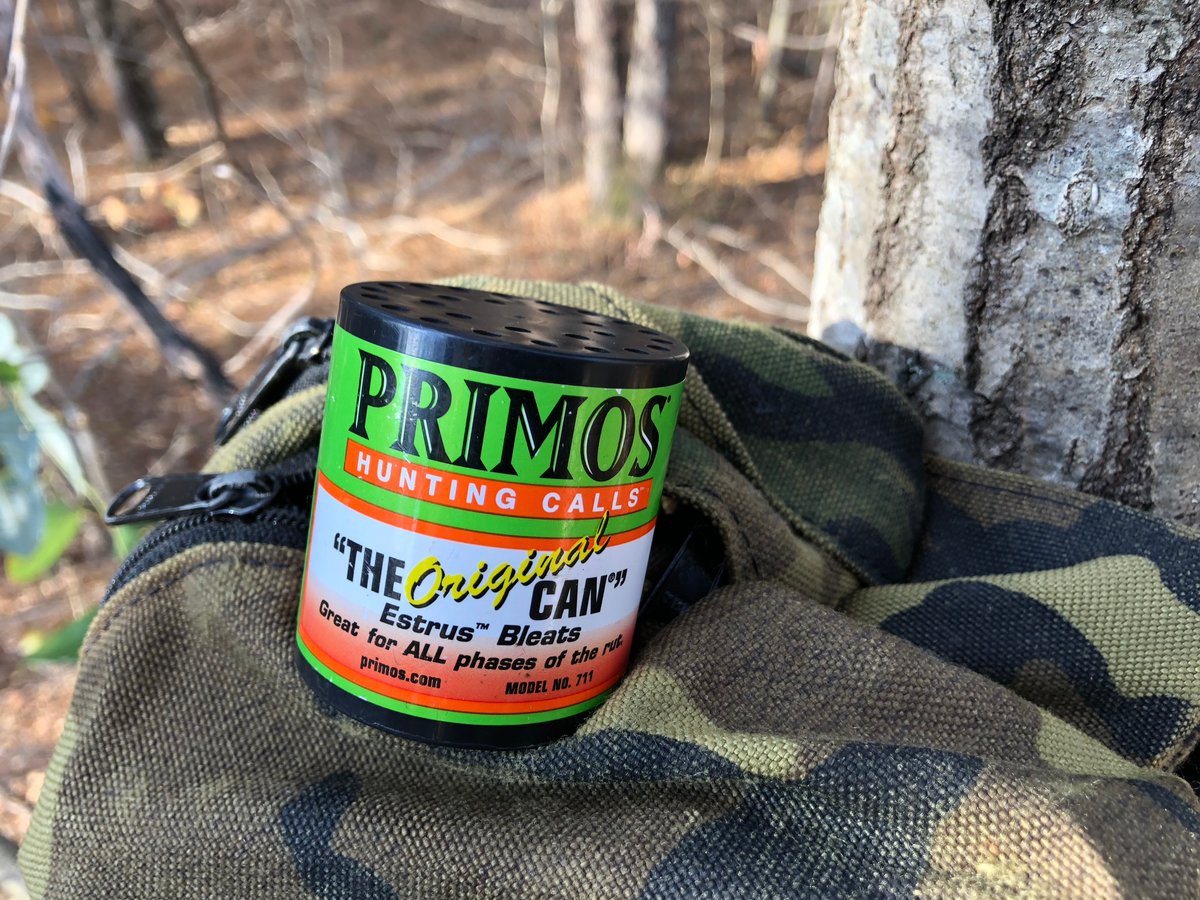
Before, during and after the rut I’ve had great success luring lonely bucks to my stand with the can call
Again, it’s all about taking that deer’s temperature to see what he will respond to at any given time of the season. You’ll be amazed at how they’ll respond to one sound, while completely ignoring another. And even that will change from day today.
Many of the same calls that worked before the rut will once again prove effective after bucks have been locked down with an estrous doe. He will be back on the prowl, looking for the next doe to breed, as well as filling his belly to refuel.
Location
No matter how good your deer calling routine sounds, if you’re not where deer want to be, you’re likely wasting your time trying to convince them to break and come your way. Sure, we like to think we can throw the sounds out there and the deer will simply come running. However, you must be in the right real estate when calling. Think about it. Calling at the edge of a field can be tough. Why? It’s because deer can cover a lot of ground with their eyes in wide-open countries. If they can’t confirm with their eyes what they heard with their ears, they aren’t likely to come any further.
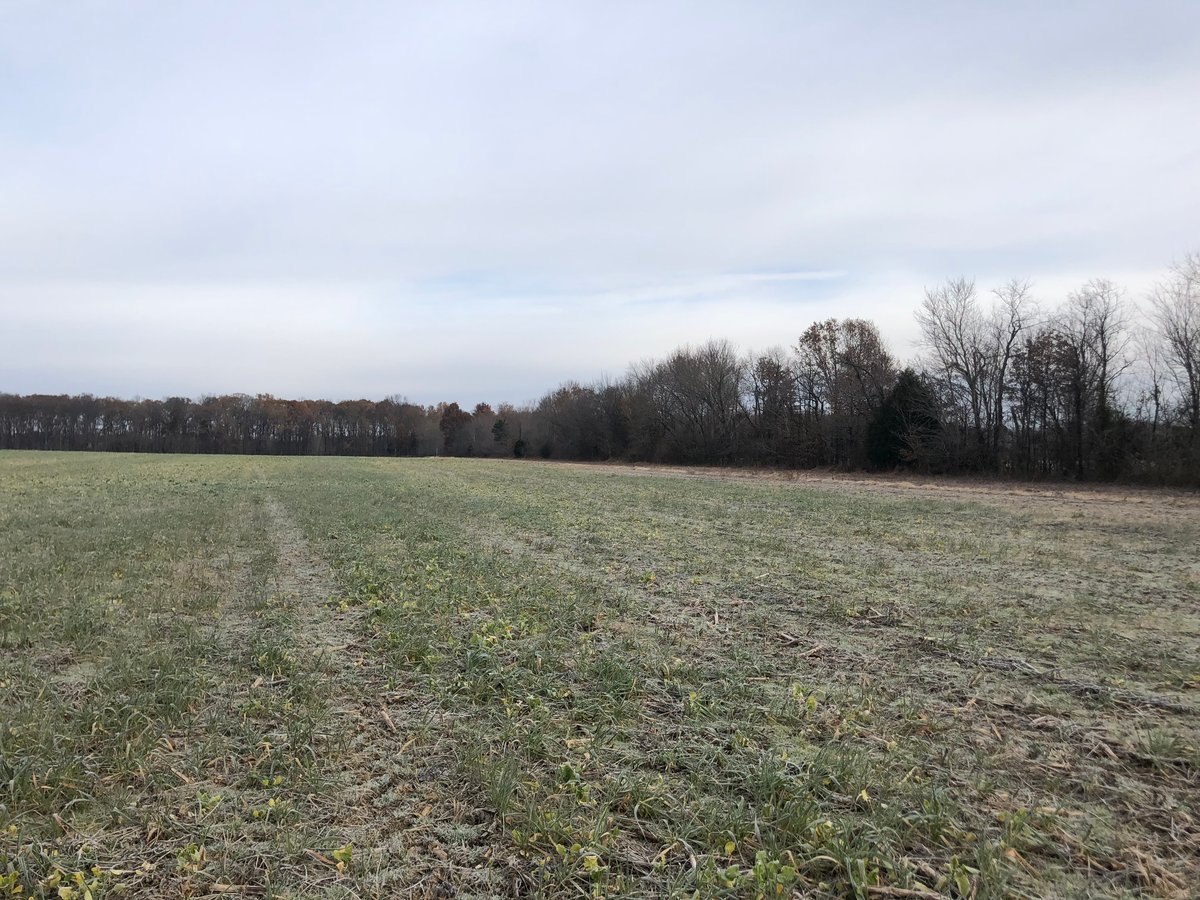
Calling deer in big, open country can be tough. Look for opportunities to call around thick cover where deer tend to bed.
That’s what makes calling in and around bedding areas and thickets so effective. Deer have to come looking for you in these areas. And you can bet your sound will land on the ears of deer much better when you tuck in tight to heavier cover.
Calling whitetail deer continues to be a deadly tactic when it comes to notching your deer tag each season. Just consider the pressure applied to the area you hunt, and make sure you’re in the right place at the right time and you just might have the big buck encounter you’ve dreamed about all year long.
Tips for Calling Whitetail Deer:
- Keep a variety of calls in your pack. A fisherman would never rely on just one bait when fishing. The same mentality applies to hunters and their calls.
- Call softly at first. Too much volume is unnatural and can send your deer running the other way.
- Stay alert. Deer don’t always respond right away. They may come in 5-10 minutes after you call. Don’t let your guard down.
- Carry calls that allow you to make multiple sounds. Better grunt calls on the market also feature doe bleats, fawn bleats, and even the snort-wheeze.
Consider natural sounds that you can make without the use of a store-bought call. Leaves crunching, sticks breaking, hooves stomping. They all work to bring a deer in close.
Make no compromises in the field with Mossberg's Patriot rifle
Patriot Vortex Scoped Combo
About the Author



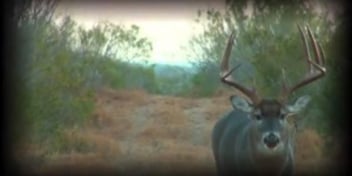
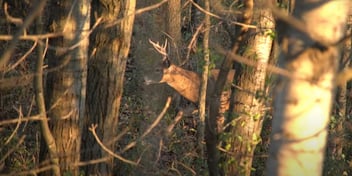
.png?width=352&name=Mossberg%20-%20960x480%20(57).png)